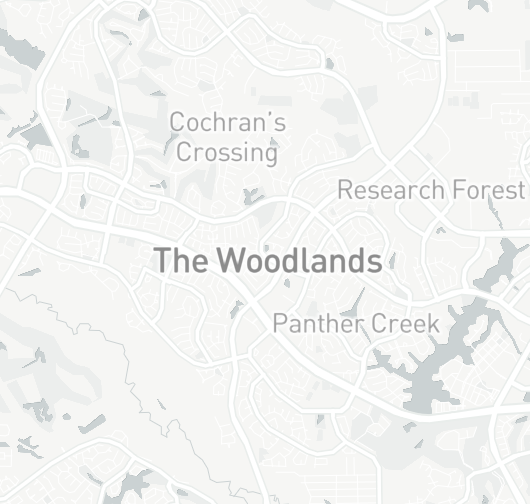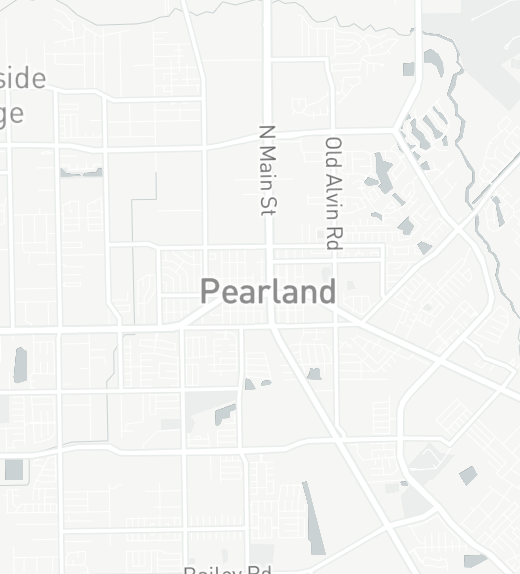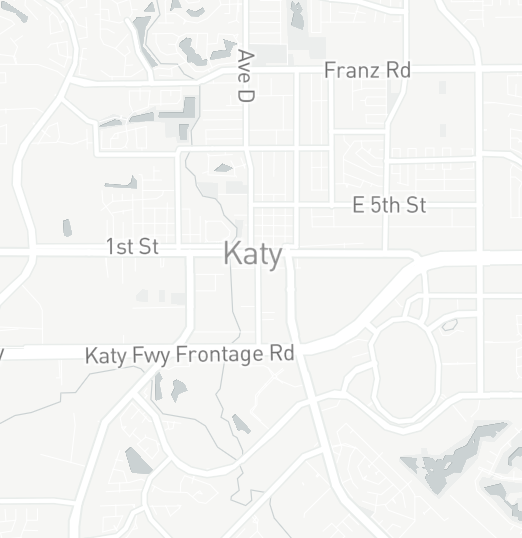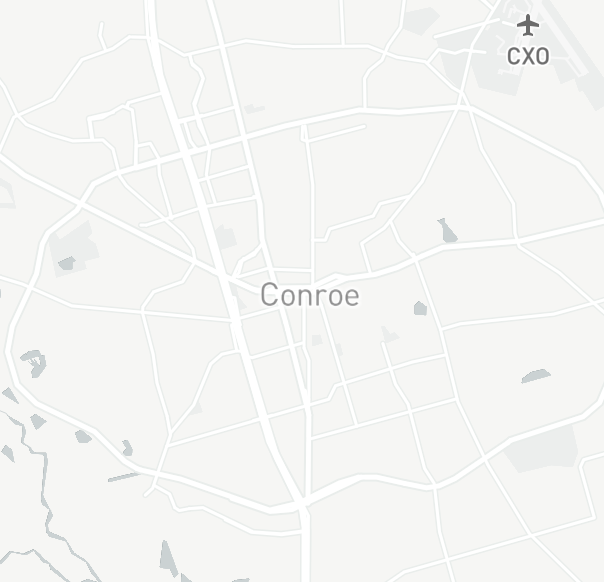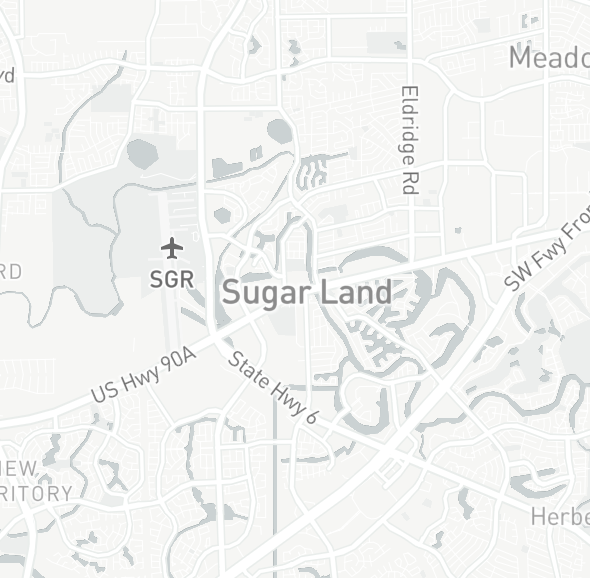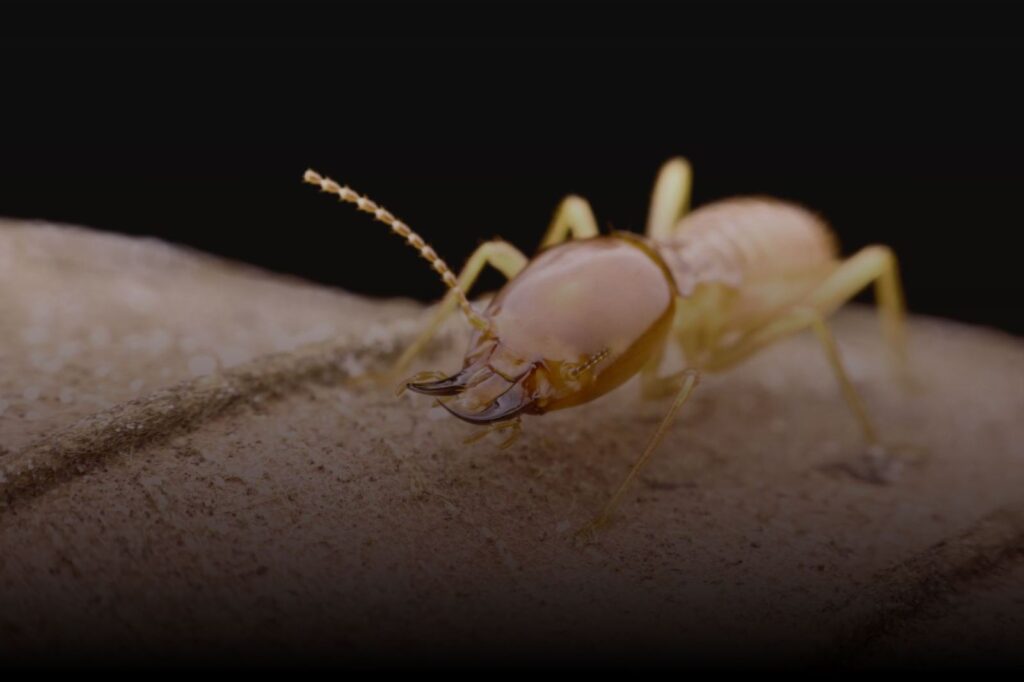Termites belong to the order Isoptera and are social insects. They live in large colonies and have a caste system consisting of workers, soldiers, and reproductive individuals. While they play a vital role in the ecosystem by decomposing dead plant material, termites become a problem when they invade man-made structures.
Therefore, it is essential to keep an eye on these wood-devouring insects. But before we learn more about controlling termites, let us first understand them better.
Types of Termites
There are three main types of termites commonly found in the United States: subterranean termites, dry-wood termites, and dampwood termites. Each species has distinct characteristics and behaviors, necessitating different approaches to identification and control.
- Subterranean Termites
Subterranean termites are the most common and destructive type. They build their nests in the soil and construct mud tubes to access above-ground food sources. These termites feed on cellulose materials, including wood, paper, and plant debris.
- Drywood Termites
These termites infest dry wood without contact with soil. They often establish colonies in structural timber, furniture, or dead tree limbs. However, dry-wood termites do not construct mud tubes, unlike other termite species.
- Dampwood Termites
Dampwood termites prefer damp or decaying wood. They typically infest areas with high moisture content, such as basements, attics, or crawl spaces. Dampwood termites do not usually attack dry wood unless it has been previously damaged by water.
Identifying Termite Infestations
Early detection of termite infestations is crucial for effective control. Hence, here are some signs to be aware of:
- Mud tubes
- Discarded wings
- Wood damage
- Frass or termite excretions
- Swarming termites
Controlling Termites
Preventing and controlling termite infestations require a multi-faceted approach. Here are some strategies to consider:
- Regular Inspections
Perform routine inspections of your property to identify any signs of termite activity. Pay close attention to areas prone to moisture, such as basements, crawl spaces, and plumbing fixtures.
- Moisture Control
Termites thrive in moist environments. Address any plumbing leaks, fix faulty drainage systems, and ensure proper ventilation to reduce excessive moisture.
- Remove Wood-to-Soil Contact
Direct contact between soil and wooden structures provides an easy access point for subterranean termites. Create a barrier by removing or minimizing wood-to-soil contact around your property.
- Termite-Resistant Materials
When constructing or renovating your property, consider using termite-resistant materials. Pressure-treated wood, naturally resistant woods like cedar or redwood, and steel frames can help deter termite infestations.
- Chemical Treatments
For severe termite infestations, professional pest control companies can apply targeted chemical treatments to eliminate the colonies. These treatments may involve liquid termiticides, termite baits, or a combination of both.
- Baiting Systems
Termite baiting systems can be an effective long-term solution for managing termite populations. These systems use cellulose-based bait stations strategically placed around the property. Termites feed on the bait and carry it back to their colonies, ultimately leading to colony elimination.
In Conclusion
Termites can wreak havoc on your property, causing extensive damage and financial loss. Thus, hire a professional Houston Pest Control company-Life After Bugs for effective termite treatment. We are located in Houston, Texas, and offer several pest control services. Contact our team today and make your homes termite-free!





